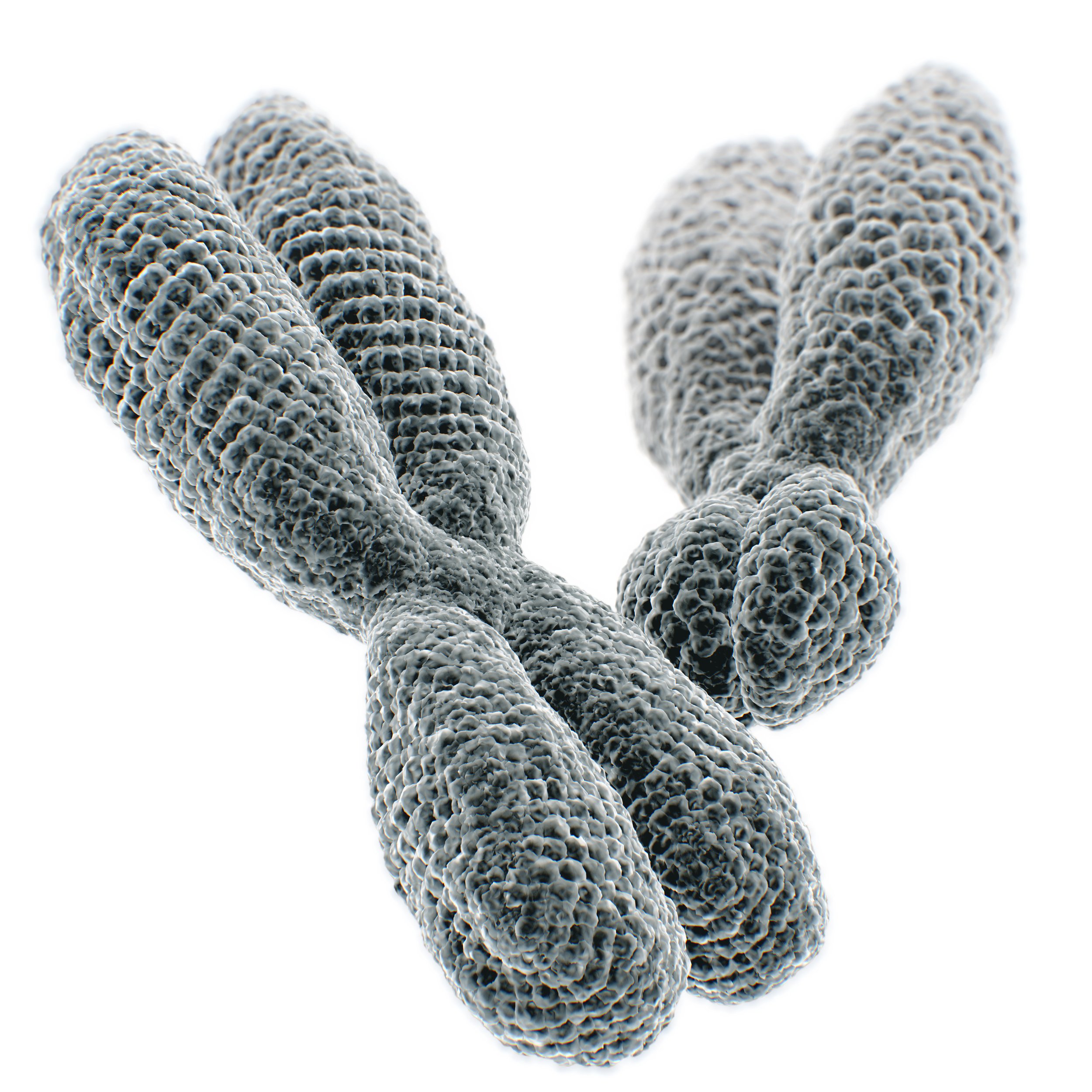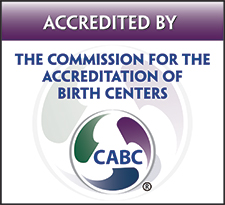Last week, The New York Times published a report about genetic testing during pregnancy, “When They Warn of Rare Disorders, These Prenatal Tests Are Usually Wrong”. The topic was also featured on yesterday’s The Daily podcast, “An Investigation Into Flawed Prenatal Tests”. For our blog this week, we’re going to take a deep dive into the specific test in question and discuss how this news may affect our clients and other expecting families.
The test being discussed is the NIPT (Non-Invasive Prenatal Testing), also called NIPS (Non-Invasive Prenatal Screening). This is a blood test performed in the first trimester that screens for several genetic conditions as well as fetal sex for those who want to find out. It works by analyzing the small amounts of the baby’s DNA that are found in the pregnant person’s bloodstream. The test can be done as early as 10 weeks, which has contributed to its growth as a standard screening in recent years. Many people are excited to learn their baby’s sex so early in pregnancy and appreciate the reassurance the test usually provides.
It’s important to remember that the NIPT is a screening test NOT a diagnostic test. This means that results identify your level of risk for having a baby with a specific genetic condition. Your results will either come back as low risk or as increased risk for each condition tested. An elevated risk is considered a positive result. Receiving a positive NIPT result does not mean that your baby definitely has a specific chromosomal abnormality. To find out for sure, you need to have diagnostic testing (more on this later).
All NIPTs screen for Trisomy 13 (Patau syndrome), Trisomy 18 (Edwards’ syndrome), and Trisomy 21 (Down syndrome). An analysis of sex chromosomes can be added to screen for any sex chromosome disorders and to predict fetal sex. In addition, pregnant people can add on screening for very rare genetic conditions called microdeletions.
The efficacy of screenings for microdeletions are the bulk of what The New York Times report covers. Their research notes that this add-on to NIPTs began as an attempt to differentiate the benefits of various laboratory options in a saturated market. Once the NIPT was widely accepted for its reliability in screening for Down syndrome without any of the risks carried by more invasive testing mechanisms, many lab companies began making their own NIPT, such as Labcorp, Quest, Natera, Invitae, and several others. With so much competition, these companies increased the number of genetic conditions their test could screen for in order to bolster their appeal to medical practitioners and expecting families.
The problem is that testing for these exceedingly rare conditions leads to a higher false positive rate than a true false positive rate. The Times found that positive screenings for microdeletions are wrong upwards of 80% of the time. In fact, positive screenings for the microdeletions Prader-Willi and Angelman syndromes, conditions which affect 1 in 20,0000 births, are wrong 93% of the time. This means that only 7% of positive results are correct. By their nature, tests for rare conditions will always generate more false positives than those for more common genetic abnormalities because they are looking for something that occurs so infrequently – essentially the proverbial needle in a haystack.
False positive NIPT results can have lasting impacts on pregnant people and their families. Those interviewed by The Times described the interval between getting a positive NIPT result and finding out through diagnostic testing that it was a false positive as one of the worst times of their lives. Many had to wait weeks to receive further testing, since these tests can only be performed later in pregnancy than the NIPT. Additionally, since only specialized facilities offer these options, people may have to schedule their appointments further out than they would prefer.
Diagnostic testing for genetic conditions includes CVS (chorionic villi sampling) and amniocentesis. CVS can be performed as early as 10 weeks, although usually a bit later around 11-14 weeks, while amniocentesis is usually performed between 15 and 20 weeks. In CVS, a small amount of placental tissue is obtained using a needle or thin tube through the abdomen or cervix. Amniocentesis is done by inserting a needle into the abdomen to remove amniotic fluid containing fetal cells. For both CVS and amniocentesis, the risk of miscarriage or pregnancy complications is approximately 1 in 300.
Those interviewed for The Times report waited about a month on average to receive diagnostic testing, with some waiting as long as two months. The uncertainty can be agonizing. Some took time off of work due to the stress resulting in lost income and tried to hide their increasingly obvious pregnancies from friends and family by wearing baggy clothes. In addition, some reported that diagnostic testing was not covered by their health insurance, and they ended up with medical bills in the thousands. One parent attributed her postpartum depression to her NIPT’s false positive result, noting that she experiences lingering doubt about whether or not her infant is developing normally. Moreover, with more restrictive abortion laws being passed in many parts of the country, those who wish to terminate if the fetus does indeed have a chromosomal abnormality may find themselves unable to get the care they need by the time they receive diagnostic results, contributing to anxiety during the already anguishing waiting period.
While the rate of false positives for rare conditions may feel alarming, the NIPT does hold a lot of value. As the article notes, it is very good at screening for Down syndrome and Edwards’ syndrome, which are two of the most common chromosomal abnormalities. Although screenings for Patau syndrome have a higher rate of false positives, the American College of Obstetricians and Gynecologists advocates that there is enough data to support the reliability of this test for all three of these trisomies and recommends that NIPT be offered to all pregnant people, regardless of age or other risk factors. In addition, when these tests do accurately identify a genetic condition caused by a trisomy, microdeletion, or other chromosomal abnormality, this information gives families time to learn and prepare for the needs of their children.
Part of the problem is that families are not appropriately counseled about the NIPT before they chose to have this test performed or when a positive result is received. It’s important to understand what conditions you’re being screened for, what a positive result means, and what the process afterthis entails. Unfortunately, with our piecemeal approach to maternity care in the U.S., there is no infrastructure in place to ensure that all pregnant people understand the nuances of this screening option. Most are given a brief overview during a rushed prenatal visit, and then receive little follow-up from their provider to help them interpret their results. Furthermore, the marketing of the tests by lab companies is not regulated and can be misleading to both medical providers and pregnant people alike.
One of the greatest benefits of midwifery care are our philosophies of shared decision making and truly informed consent. At Fika, our clients are thoroughly counseled on all screening options during their pregnancies, including the NIPT. The lab we use, Invitae, offers an affordable self-pay rate ($99) for those whose insurance does not cover the test and provides free, confidential genetic counseling to anyone who receives a positive result. We encourage all of our clients, whether they are pregnant or planning to be in the future, to talk about genetic testing options with the midwife.
Author Mary Badame is the Quality Assurance Manager at Fika Midwifery and is a passionate advocate for midwife-led care, increased birth options, and better reproductive healthcare for everyone.




